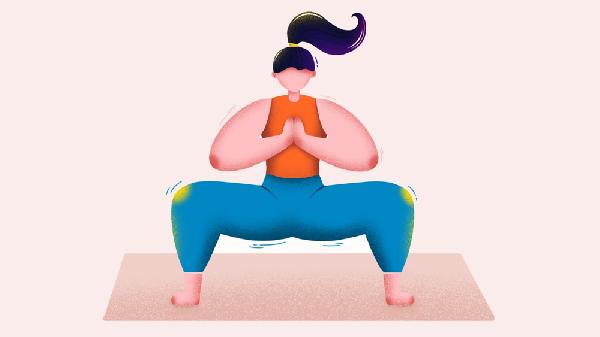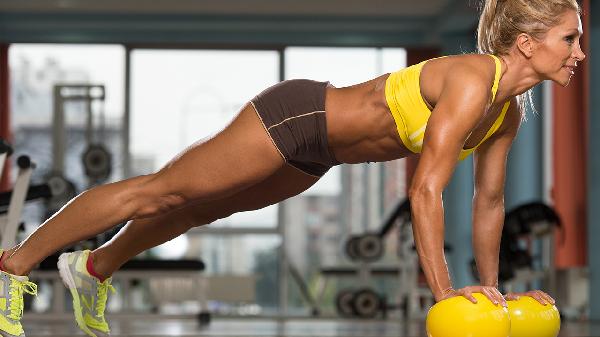If you've been skipping back day at the gym, you're not alone—but you're also missing out on some serious benefits. A strong back isn't just about looking good in a tank top (though that's a nice perk). It's about building a foundation for better posture, injury prevention, and overall strength that supports everything from your deadlifts to your daily commute. Let's break down why your back deserves more love and how to train it right.
The Back: Your Body’s Unsung Hero
Think of your back as the scaffolding holding up your entire upper body. It’s a complex network of muscles—lats, traps, rhomboids, erector spinae—that work together to keep you upright, mobile, and powerful. Yet, because we can’t see it in the mirror, it often gets overshadowed by flashier muscle groups like biceps or pecs. But neglecting your back is like building a house without a frame: eventually, things start to sag or collapse. Poor posture, lower back pain, and even shoulder issues often trace back to weak or imbalanced back muscles. The good news? A few targeted exercises can turn things around.
Why Your Workout Needs More Pulling Movements
Most gym routines are push-heavy—bench presses, shoulder presses, dips—which can lead to a hunched, internally rotated posture over time. Balancing those with pulling exercises (rows, pull-ups, face pulls) counteracts that forward slump by strengthening the muscles that retract your shoulders and open your chest. Plus, a strong back improves performance in compound lifts like squats and deadlifts by stabilizing your torso. Translation: You’ll lift heavier, run faster, and feel less like a crumpled receipt after a long day at your desk.
Back Exercises That Actually Work
Forget endless sets of half-hearted lat pulldowns. Here’s a lineup of proven moves that hit every angle of your back:
- Pull-Ups/Chin-Ups: The OG back builder. If you’re new, start with assisted versions or negatives (jumping up and lowering slowly).
- Bent-Over Rows: Barbell or dumbbell, this move nails your lats and mid-back. Keep your spine neutral—no cheating with momentum.
- Face Pulls: The ultimate antidote to rounded shoulders. Use a cable machine and focus on squeezing your rear delts and upper back.
- Deadlifts: Yes, they’re a full-body beast, but your erector spinae (lower back) gets a heroic workout. Form is non-negotiable here.
- Inverted Rows: Like a horizontal pull-up, great for beginners or as a burnout finisher.
Common Mistakes (And How to Fix Them)
Even seasoned lifters mess up back training. Avoid these pitfalls:
- Overloading the Bar: Ego-lifting with terrible form on rows or pull-downs turns your back workout into a biceps-and-momentum show. Drop the weight and control the movement.
- Ignoring Scapular Movement: Your shoulder blades should retract (squeeze together) during pulls. No scapular engagement = half the benefit.
- Neglecting the Lower Back: Hyperextensions or lightweight deadlift variations keep your spinal erectors from becoming the weak link.
Programming for a Stronger Back
You don’t need a dedicated “back day” (unless you’re bodybuilding). Instead, weave these moves into your routine:
- For Strength: 3-5 sets of 4-6 reps with heavy weights (think bent-over rows or weighted pull-ups).
- For Hypertrophy: 3-4 sets of 8-12 reps with moderate weight (cable rows, dumbbell pullovers).
- For Endurance: 2-3 sets of 15+ reps (bodyweight rows, banded pull-aparts).
Pro tip: Pair pushing exercises (like bench presses) with pulling moves to keep your workouts balanced. For example, superset bench presses with bent-over rows.
The Mind-Muscle Connection
Your back responds best when you think about the muscles working. Visualize your lats spreading like wings during pull-ups or your rhomboids pinching a pencil between your shoulder blades during rows. Slow eccentrics (lowering phases) and pauses at peak contraction amplify the burn. If you’re not feeling it, lighten the load—your back should be fatigued, not your ego.
Bottom line? Your back is the backbone of your fitness (pun intended). Train it with intention, and you’ll stand taller, move better, and lift more—both in and out of the gym. Now go hit those pull-ups like you mean it.
























